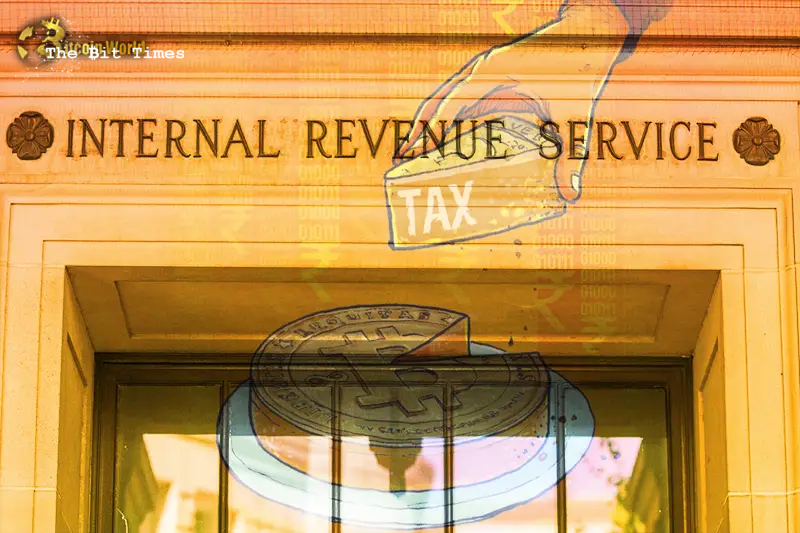IRS extends until mid-November the comment period for the new crypto tax rule.

In the realm of crafting written content, three fundamental elements reign supreme: “perplexity,” “burstiness,” and “predictability.” Let’s delve into what these mean. Perplexity gauges the intricacy of the written word, measuring its labyrinthine nature. Burstiness, on the other hand, dissects the variance in sentence structures, comparing the expansive and the concise. Lastly, predictability navigates the terrain of foreseeing the forthcoming sentence, or how adeptly one can anticipate it. Human authors tend to weave their narratives with bursts of complexity, interspersing intricate sentences with succinct ones. In contrast, AI-generated sentences often follow a more uniform trajectory.
Hence, in the composition that follows, we aim to infuse it with a healthy dose of perplexity and burstiness while minimizing predictability. The canvas upon which we shall paint is the English language, and the text in question is as follows:
“Envision a future where regulations set in motion in 2026 ripple back in time, casting their shadow over the sales and exchanges of 2025. A chronicle unfolds as the United States Internal Revenue Service, affectionately known as the IRS, extends the chorus of commentary for the crypto tax reporting regulations, which made their grand debut in the August of 2023. A symphony of public voices shall serenade this matter until the 13th of November.
Behold the grand opus known as the “Gross Proceeds and Basis Reporting by Brokers and Determination of Amount Realized and Basis for Digital Asset Transactions” rules. They graced the public stage on the 29th of August, their arrival marked with anticipation. These regulations decree that brokers must embark on an odyssey, adopting an innovative reporting form. Their quest? To streamline the process of tax submissions and quell the siren call of tax evasion.
At the heart of this narrative lies the proposed Form 1099-DA, a beacon of hope for taxpayers, a torchbearer to illuminate the path of fiscal responsibility. As illuminated by a statement from the U.S. Treasury Department, this form shall serve as a guiding star, helping taxpayers chart their course, steering clear of the treacherous waters of complicated calculations and the need for digital asset tax preparation services. The promised land for these rules lies in the year 2026, where they shall cast their influence over the transactions of 2025.
Yet, amidst this epic tale of regulations and taxation, a chorus of dissent rises from the crypto community. DeFi Education Fund’s maestro, CEO Miller Whitehouse-Levine, describes the rules as a perplexing riddle, a self-contradictory enigma, and a misguided labyrinth. In the same opera, Kristin Smith, the CEO of the Blockchain Association, accentuates the stark contrast between the crypto realm and the traditional financial landscape.
Enter Paul Grewal, the chief legal virtuoso of the Coinbase crypto exchange, who summons the crypto community to join the swelling crescendo of resistance against the Treasury’s proposed dictums. Should these regulations attain the status of law, he prophesies a future where digital assets find themselves ensnared in a web of disadvantage, threatening to quell the nascent industry’s tender beginnings.
In the hallowed halls of the U.S. Senate, a plea echoes through the chambers. A septet, led by Elizabeth Warren and Bernie Sanders, unites in a harmonious call for the Treasury and the IRS to advance a rule with celerity. They criticize a two-year delay in implementing crypto tax reporting requirements, imploring the government to hasten their orchestration.”
The post IRS extends until mid-November the comment period for the new crypto tax rule. appeared first on BitcoinWorld.
Comments
Post a Comment